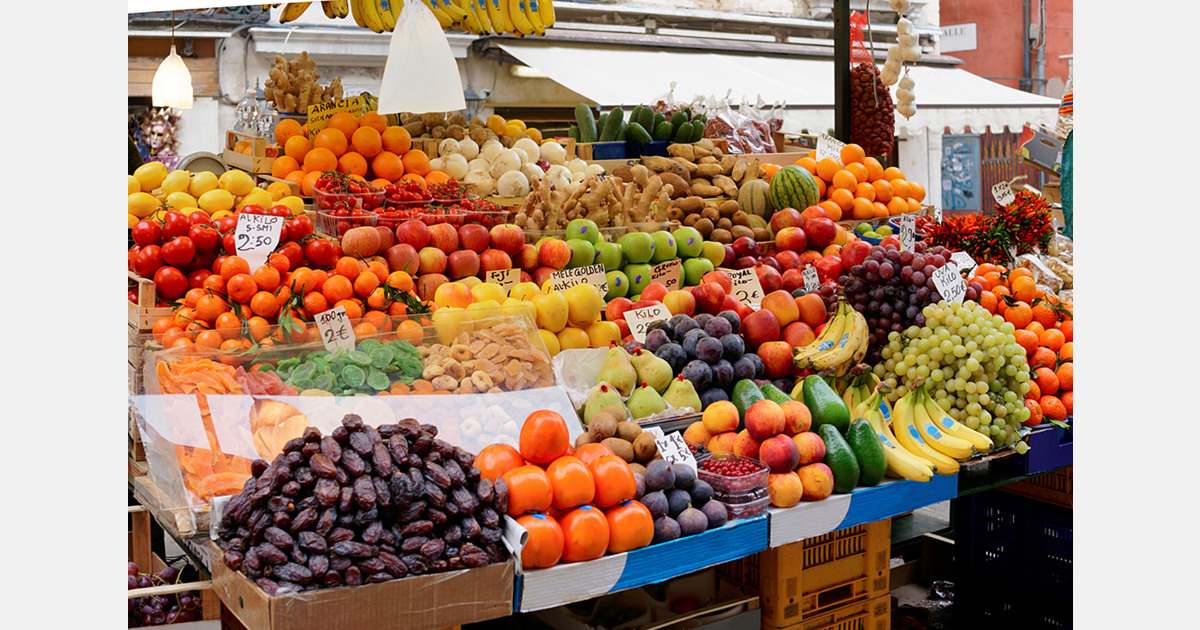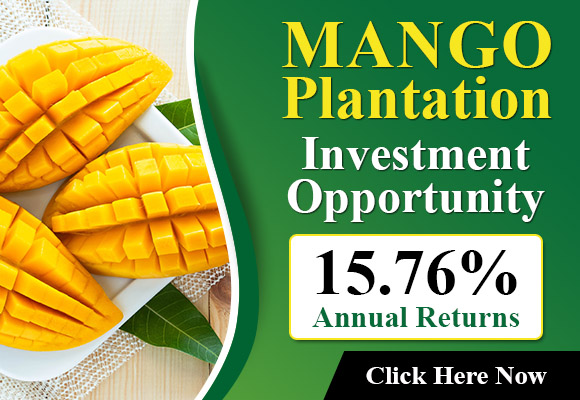
Vietnam’s fruit and vegetable sector has seen mixed results in early 2025, highlighting both the challenges and the potential for growth in global markets. According to Congthuong.vn, exports in May reached USD 550 million, bringing the total for the first five months to USD 2.24 billion, a drop of 16% compared to the same period last year.
China remains Vietnam’s largest buyer, accounting for 46.1% of the total value. Meanwhile, exports to the U.S. and South Korea account for 9.1% and 6%, respectively. However, sales to China fell 32.8%, while the U.S. market jumped by 66%, showing signs of positive diversification.
Some fruit categories showed strong performance: mango exports increased by over 13%, coconut by nearly 20%, and processed coconut saw a 71.3% rise. Vina T&T Group’s CEO, Nguyen Dinh Tung, noted that the company ships about 20 containers of frozen durian each month, with the U.S. as the top destination.
Red Dragon Company’s director, Mai Xuan Thin, stressed the importance of meeting standards. He said that to export fruit successfully, businesses must invest in better preservation methods and follow global requirements. For lychee, companies are already preparing with traceability systems and cold storage to extend shelf life beyond the short harvest season.
Vietnam aims to reach USD 8 billion in fruit and vegetable exports in 2025. Deputy Minister Phung Duc Tien said the government will support access to both traditional and new markets and help exporters make the most of trade deals like EVFTA and CPTPP. He emphasised that meeting food safety rules and production standards is key. Simply put, there are no shortcuts. The exporters need to plan carefully, produce safely, and meet international demands to stay competitive.
Source: Congthuong.vn
Source: The Plantations International Agroforestry Group of Companies
